HPLC Analytical Methods for the Separation of Molecular Species of Fatty Acids in Diacylglycerol and Cellular Phospholipids
互联网
互联网
相关产品推荐
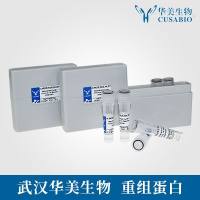
GLU-1D-1D/GLU-1D-1D蛋白/GLU-D1-1B蛋白/Recombinant Triticum aestivum Glutenin, high molecular weight subunit DX5 (GLU-1D-1D), partial重组蛋白
¥69
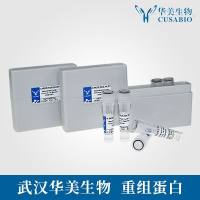
Recombinant-Mouse-G-protein-coupled-bile-acid-receptor-1Gpbar1G-protein coupled bile acid receptor 1 Alternative name(s): Membrane-type receptor for bile acids; M-BAR
¥11704
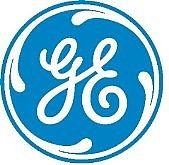
HB Western blotting Principles and Methods
¥223
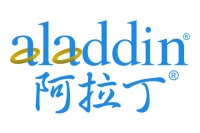
大豆磷脂,mixture of phospholipids,阿拉丁
¥554.90
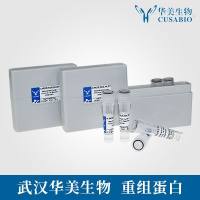
MYH9/MYH9蛋白Recombinant Human Myosin-9 (MYH9)重组蛋白Cellular myosin heavy chain, type AMyosin heavy chain 9Myosin heavy chain, non-muscle IIaNon-muscle myosin heavy chain A ;NMMHC-ANon-muscle myosin heavy chain IIa ;NMMHC II-a ;NMMHC-IIA蛋白
¥1344
相关问答

